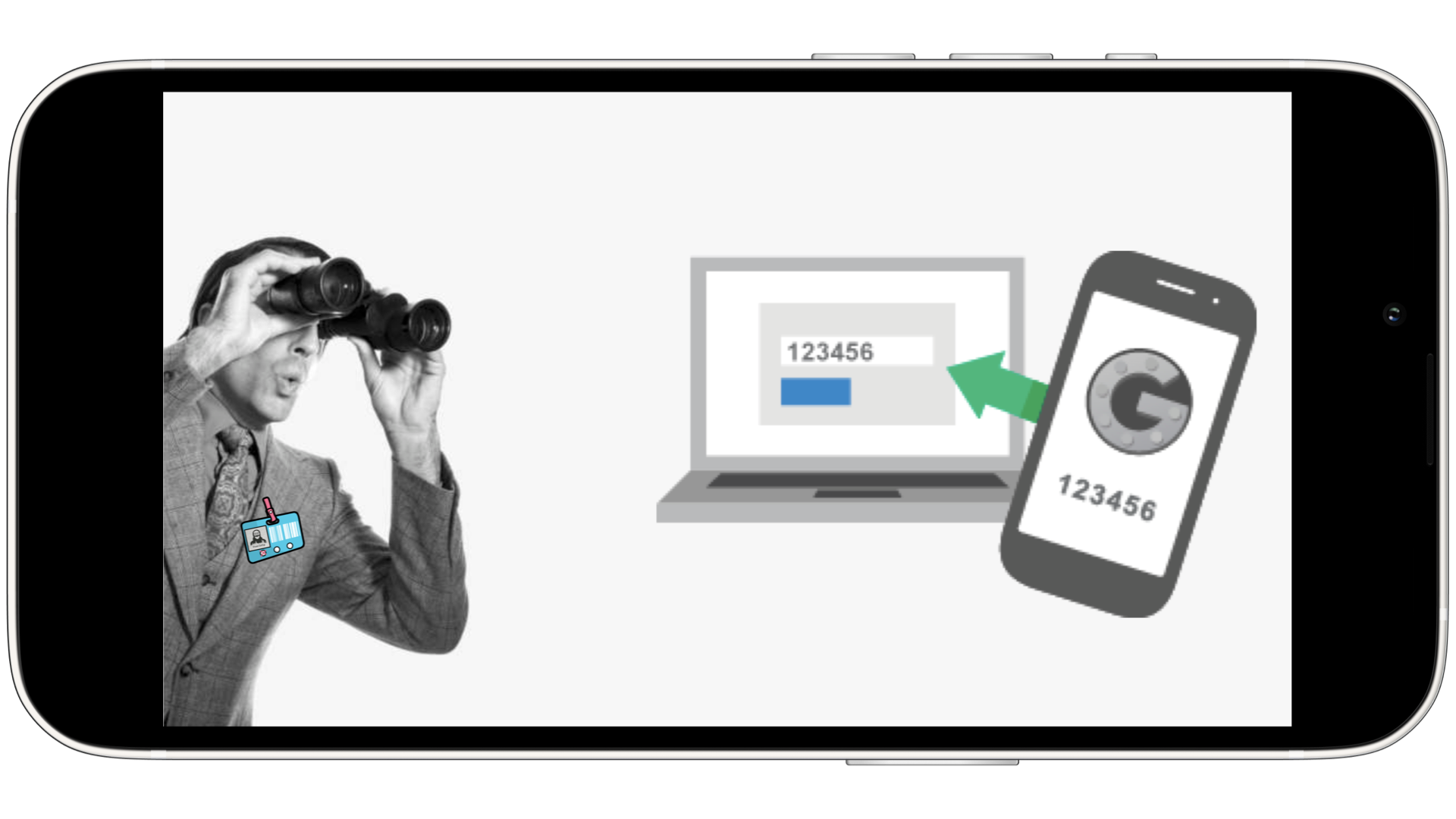Android battery keeper

Introduction
Own test stand with mobile devices is awesome. Especially, if there are continuously running tests. Might endlessly looking at fire, water and mobile auto-tests (but it is not exactly).
Unfortunately, everything has a shelf life and this we can’t escape. Someone chooses cloud solutions, trying to run down from this fact. I, in turn, will consider the opportunity of extending a lifetime of mobile devices from a solution with a stand. Maybe not for long, but still noticeable.
If iDevices on average show themselves from the good side in the severe conditions of the perpetual motion machine, then devices on Android quickly inflate their tummies like on the image above.
It is easy to guess that devices swell after permanent charging when live on a test stand. Whether there are plastic or metal cases, USB 2.0 or Type-C, a ventilator or air conditioner – doesn’t matter.
The first thing that comes to mind for saving hard-workers is to unplug them from charge. Yes, we might plug device to PC via Wi-Fi, but here we run into two problems:
-
Someday the device must be charged. Well, not without it.
-
Wi-Fi isn’t the most stable thing. UI auto-tests already have something to fall down without it.
Reflections
Developing our first thought, about unplugging devices — that would be great if it is possible to unplug the device, until it itself asked for recharging. Google offers us the opportunity to emulate the disconnection of the battery on the device out of the box, via adb:
adb shell dumpsys battery plug
adb shell dumpsys battery unplug
adb shell dumpsys battery
The main word here is «to emulate».
Good news
-
if we request the status of charging, it looks like not available
-
the charging icon isn’t lighting up on the device screen
Bad news
-
as such, unplugging isn’t occur
-
the device is still charging, despite everything
Solution
Actually, we can still implement this task, but for this we need Super User privileges. I won’t tell how to install SuperSu on Android, there are quite a lot of discussions and step-by-step tutorials about it in free access. The only thing I would add is that there is nothing terrible for testing here. This hack won’t affect on user cases at all. Android will be the same as at past, just on the steroids. So, let’s start hexing.
We will also perform basic manipulations via adb:
# unplug
adb shell "su -c 'echo 0 > /sys/class/power_supply/battery/charging_enabled'"
# plug
adb shell "su -c 'echo 1 > /sys/class/power_supply/battery/charging_enabled'"
The path to the file with the status of the battery can vary depending on the device model. I showed the most common value (hit about 95% on pure Android without shells).
Beautified solution
Now I would like to sculpt from it a small service that will support the (life or level? 🤔) of battery power on our devices, when it will necessary. Rumored that the optimal battery charge for the mobile devices is about 50%. The answer to the ultimate question of Life is somewhere near:
@max_battery_level = 42
@charging_file = '/sys/class/power_supply/battery/charging_enabled'.freeze
def devices
`adb devices`.scan(/\n(.*)\t/).flatten
end
def unplug(udid:)
charging = (`adb -s #{udid} shell "su -c 'cat #{@charging_file}'"`.to_i == 1)
puts "🔋 Charging enabled: #{charging}"
`adb -s #{udid} shell "su -c 'echo 0 > #{@charging_file}'"`
puts "🔌 Unplug #{udid}" if charging
end
def plug(udid:)
charging = (`adb -s #{udid} shell "su -c 'cat #{@charging_file}'"`.to_i == 1)
puts "🔋 Charging enabled: #{charging}"
`adb -s #{udid} shell "su -c 'echo 1 > #{@charging_file}'"`
puts "🔌 Plug #{udid}" unless charging
end
def battery(udid:)
battery_level = /level: (.*?)\n/.match(`adb -s #{udid} shell dumpsys battery`)
raise("⚠️ Could not get battery level from: #{udid}") if battery_level[1].nil?
puts "💡 Battery level: #{battery_level[1]}"
battery_level[1].to_i
end
def battery_saver
devices.each do |udid|
next if udid.include?('emulator')
puts "📱 #{udid}"
battery_level = battery(udid: udid)
battery_level > @max_battery_level ? unplug(udid: udid) : plug(udid: udid)
end
end
battery_saver
Conclusion
The script has written in Ruby and claims a good mood. Putting it on our CI and running about once an hour, we can greatly reduce the load on the batteries of our test devices. Via it we request all the connected Android devices and get the current percentage of the charge. If it is less than 42 — we turn on the charge, if it is greater than 42 — we turn off the charge.
In order not to scare our auto-tests with a disabled screen, you can turn it on before starting them:
adb shell input keyevent KEYCODE_WAKEUP
I hope that it was interesting. So long, and thanks for all the fish. See you in the following notes (:




